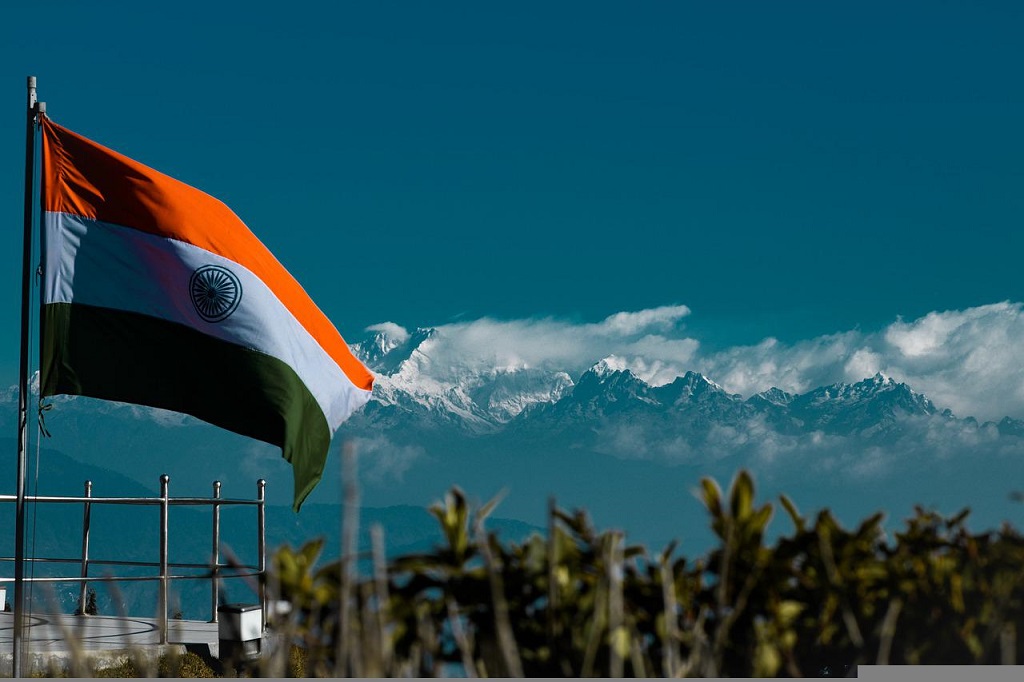The Australia-India Economic Cooperation and Trade Agreement (AI ECTA) was announced in early 2022 and was warmly welcomed by Australian exporters. Many saw it as a silver lining after the disruption to the Australian wine industry caused by the China wine dumping tariffs. However, new research suggests the agreement might not be the saving grace Australian producers had hoped, Harrison Davies reports.
The Australia-India Economic Cooperation and Trade Agreement (AI ECTA) was seen by many as a first step toward a more stable economic environment for many throughout the Australian wine industry.
However, a report released by Indian think-tank Indian Council for Research on International Economic Relations (ICRIER), entitled Liberalisation of Wine Trade under the India-Australia CECA, found that the agreement would only affect roughly two per cent of exported Australian wine.
Under the agreement, tariffs on Australian wine exported to India would steadily decrease over the next several years, allowing greater access to the Indian market than had been made available before.
Prior to the agreement, tariffs of roughly 150% were imposed on Australian wine in India.
Upon signing the agreement, tariffs on wine with a minimum import price of US$5 per bottle were reduced from 150% to 100% after the deal’s implementation and subsequently to 50% over 10 years.
The duty on bottles with a minimum import price of US$15 will be reduced from 150% to 75%, and subsequently to 25% over 10 years.
This looks like the golden ticket on paper, but upon a closer look, researchers at ICRIER found that the overwhelming majority of Australian wine would not receive the lower duty access in India.
Co-author of the report and ICRIER professor Arpita Mukherjee said in the report that the agreement would only lower costs for higher earning Indian consumers.
“After discussion with all stakeholders, we have found the threshold level should be US$25 per case of 9 litres or 12 bottles of 750 ml FoB (free on board),” she said.
“High-income consumers will have cheaper wine while middle-income consumers will pay 150% duty for mid-range products.”
The report identified that the tariffs were largely in place to protect Indian producers, who sell the majority of their product directly to the Indian market.
They also identified that Australian was the second largest exporter of wine to India after Singapore.
“It is estimated that there are between 50-100 wine importers in India; while established importers started out as distributors of alcoholic beverages other than wine, they have started importing Australian wine to diversify their portfolios,” Mukherjee said.
“In 2019, India imported wines worth US$21.74 million from the world, of which Australia held the second rank after Singapore.
“Singapore is not a wine producer, and so wines from other countries including Australia may be entering India through Singapore. Thus, Australia has a predominant position in India’s wine imports.”
The majority of exported wines to India are bottled in Australia and are thus, more expensive.
While a market for bulk wine in India is being explored by several Australian wine exporting companies, the reality that creating a cheaper product to sell in the Indian market will result in higher prices anyway as tariffs will stay in place for cheaper products.
This has resulted in what the report describes as an “inverted duty structure for the wine industry” where more expensive products are cheaper to sell in India due to the way duty taxes and tariffs affect finished products.
At a conference closing speech at the Australian Wine Industry Technical Conference (AWITC), Pernod Ricard Winemakers CEO and managing director Bryan Fry said the opportunities for Australian wine, especially in India, would be in the premium category.
“We need to focus more on premium price points. Four per cent of Australian wine exports are over $10 a litre, about 30% of the entire value. We need to increase that area,” he said.
“We need to focus on higher price points and educating consumers when it comes to selling regional wines. Buying a bottle of Barossa Shiraz for $15 Australian makes no sense and I doubt it’s going to make any money in the future.”
AGW Chief Executive Tony Battaglene acknowledged in April that the agreement was only the first step in opening up the Indian market for Australian wine.
“We see this as the first step towards a mutually beneficial long-term relationship between the Australian and Indian grape and wine sectors” said Battaglene.
“We want to work with our Indian counterparts to share expertise and engage in technical and regulatory cooperation over the long-term.
“As the relationship develops, we hope to further improve market access arrangements to benefit both Indian consumers and our respective grape and wine sectors.”
Are you a Daily Wine News subscriber? If not, click here to join our mailing list. It’s free!





















